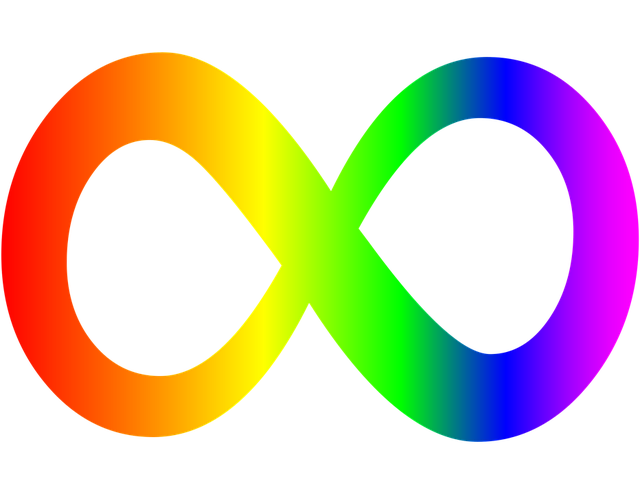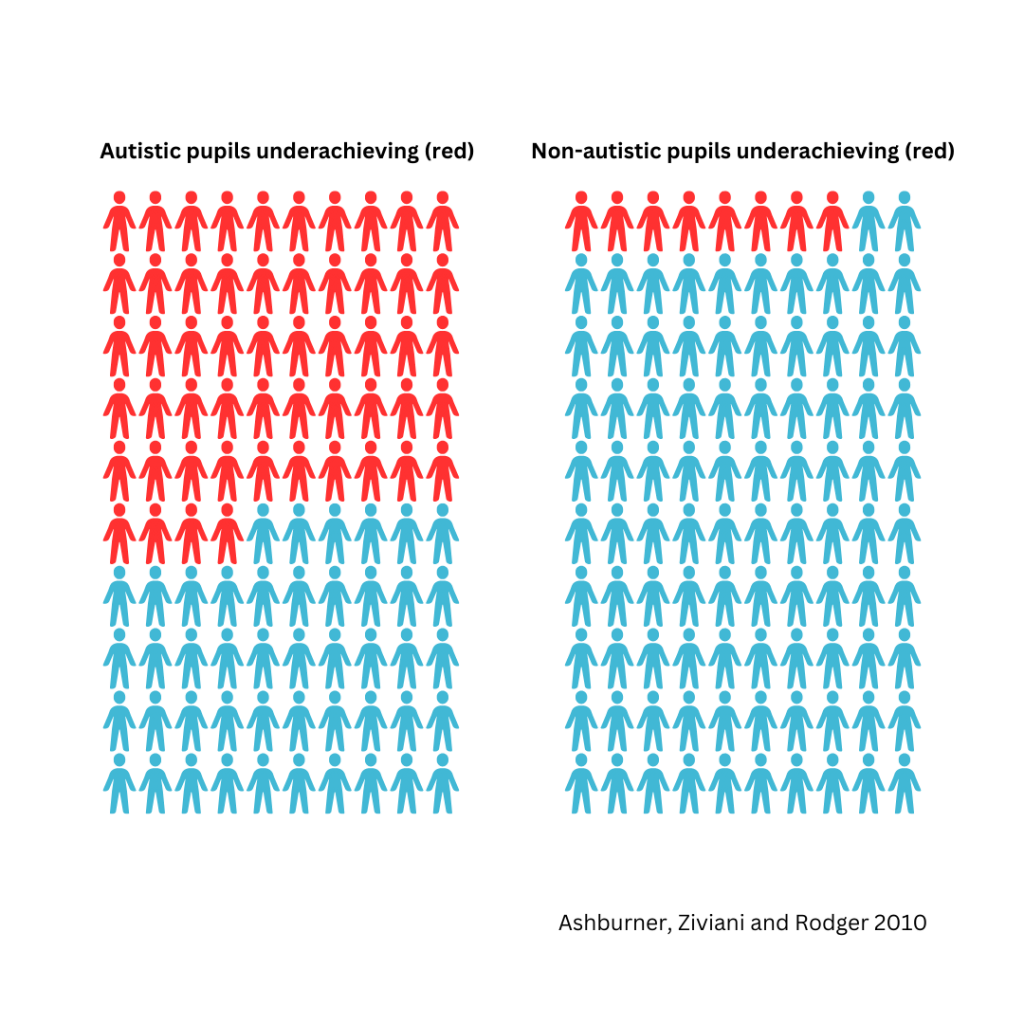
What is autism?
Autism is a form of neurodivergence. Autistic people experience the world differently from non-autistic people, including their sensory and communication experiences. Statistically, more than “one in 100 people [are autistic] and there are around 700,000 autistic adults and children in the UK.” (National Autistic Society) Autism is a spectrum where the social, behaviour, and cognitive challenges and symptoms “vary between individuals.” (Autism Europe)
Autism characteristics
- Communication differences. Challenges can happen when autistic and non-autistic people communicate with each other. This is called the double empathy problem because the issue is two-way and not just in the autistic person (Reframing Autism).
- Benefit from routines. This can mean that autistic people get upset if their routine is changed or disrupted. For example, if their bus is cancelled or they have a substitute teacher.
- Sensory processing differences. This can be taste, touch, smell, sight, proprioception, interoception and vestibular. This can be more sensitive or under sensitive. Autistic people might be sensitive to light (sight sensitivity) but not know when they are hungry (interoception under sensitivity).
- Highly focused on hobbies and interests. This might mean that autistic people get really focused on a game meaning that they struggle to change focus to things like homework.
- Anxiety. Lots of autistic people have co-occurring anxiety due to living in a world that is not supportive of the needs of autistic people.
- Meltdowns and shutdowns. Not all autistic people have these, but if an autistic person is extremely stressed they might have a meltdown or a shutdown. A meltdown can be confused for a tantrum, but they are not the same things. It is an outward, unintentional display of frustration, anxiety and upset. A shutdown is when an autistic person cannot interact, speak, or show emotions when they usually can. This is an internal version of a meltdown.
(Adapted from the National Autistic Society)
Social challenges
- Breakdowns in communication because autistic people think differently but are expected to communicate in non-autistic ways.
- Fitting in with peers. This is because autistic people are not understood, body language and speech can be different which can lead to them being misunderstood and excluded.
- Autistic people are more likely to live in poverty.
Educational challenges
- Autistic people can have different learning styles from non-autistic people. This might mean that they need support to access the curriculum, even if they are considered to be clever.
- Being misunderstood and stigmatised by teachers. This can lead to autistic pupils feeling unsupported.
- Autistic children are twice as likely to be excluded from school (National Autistic Society Report).
